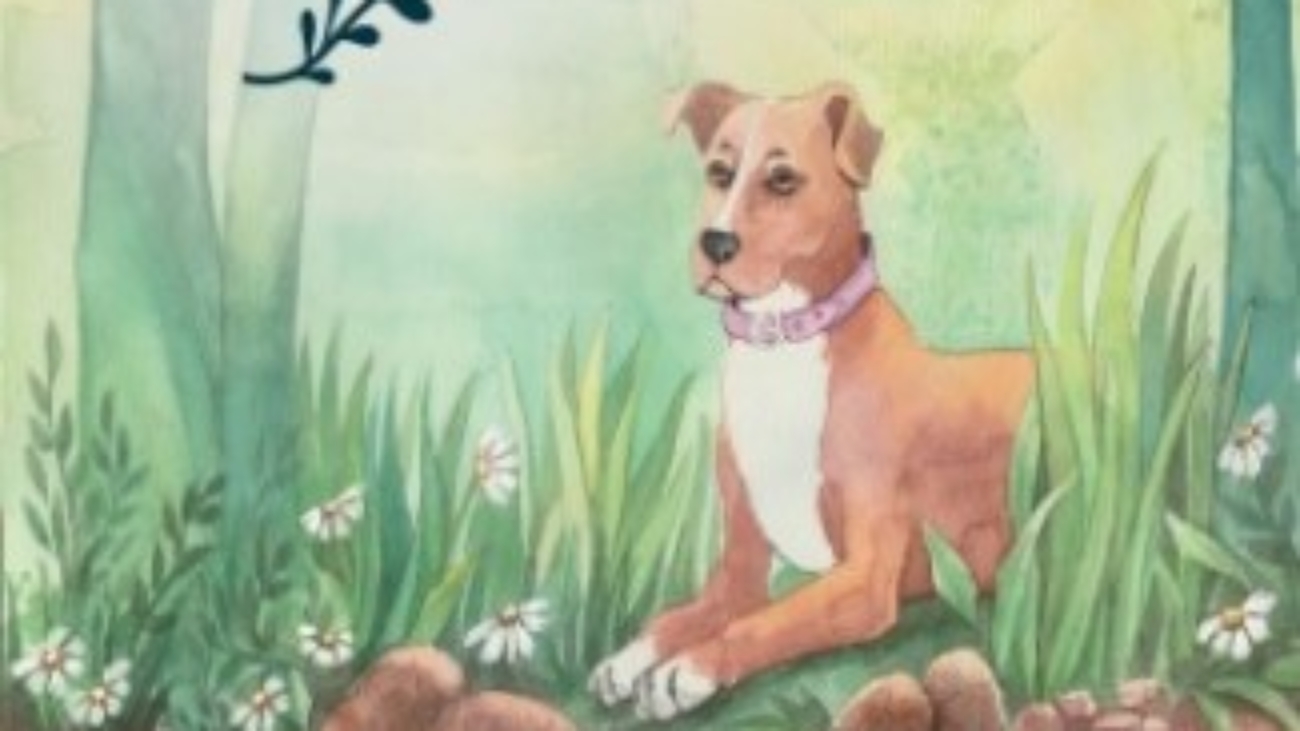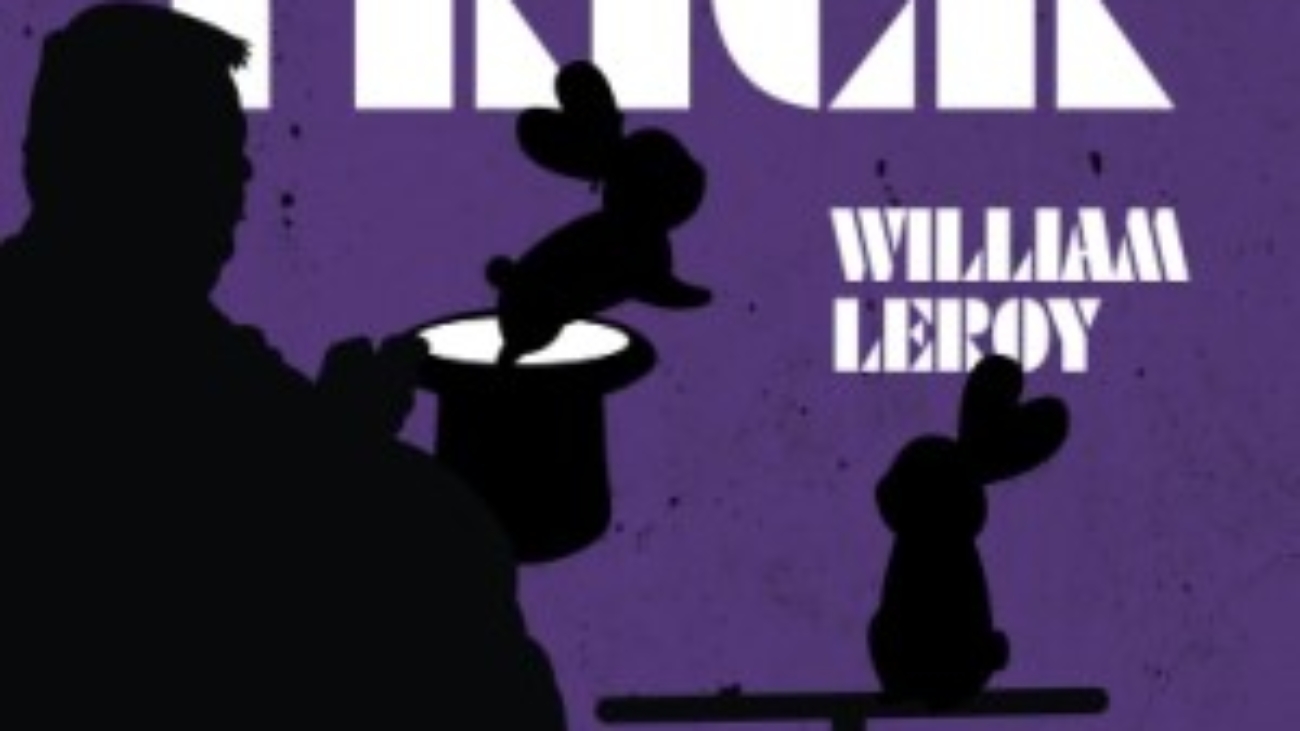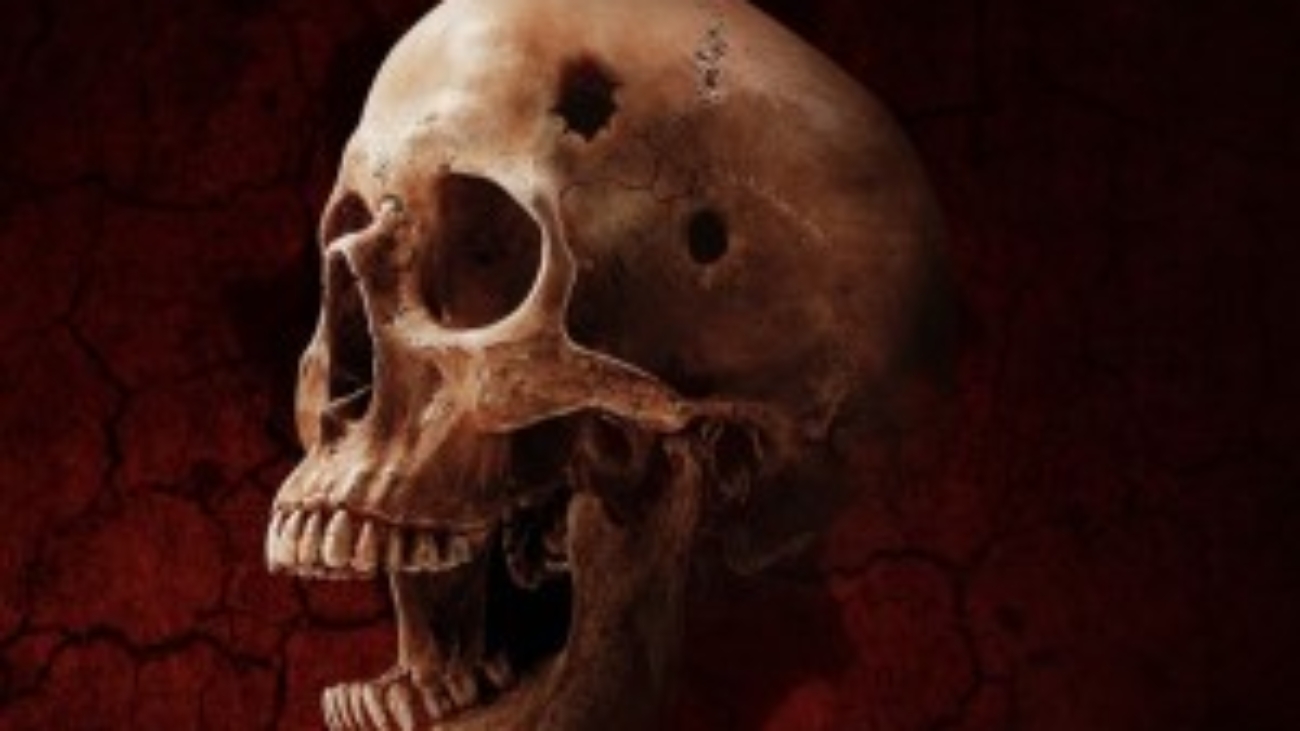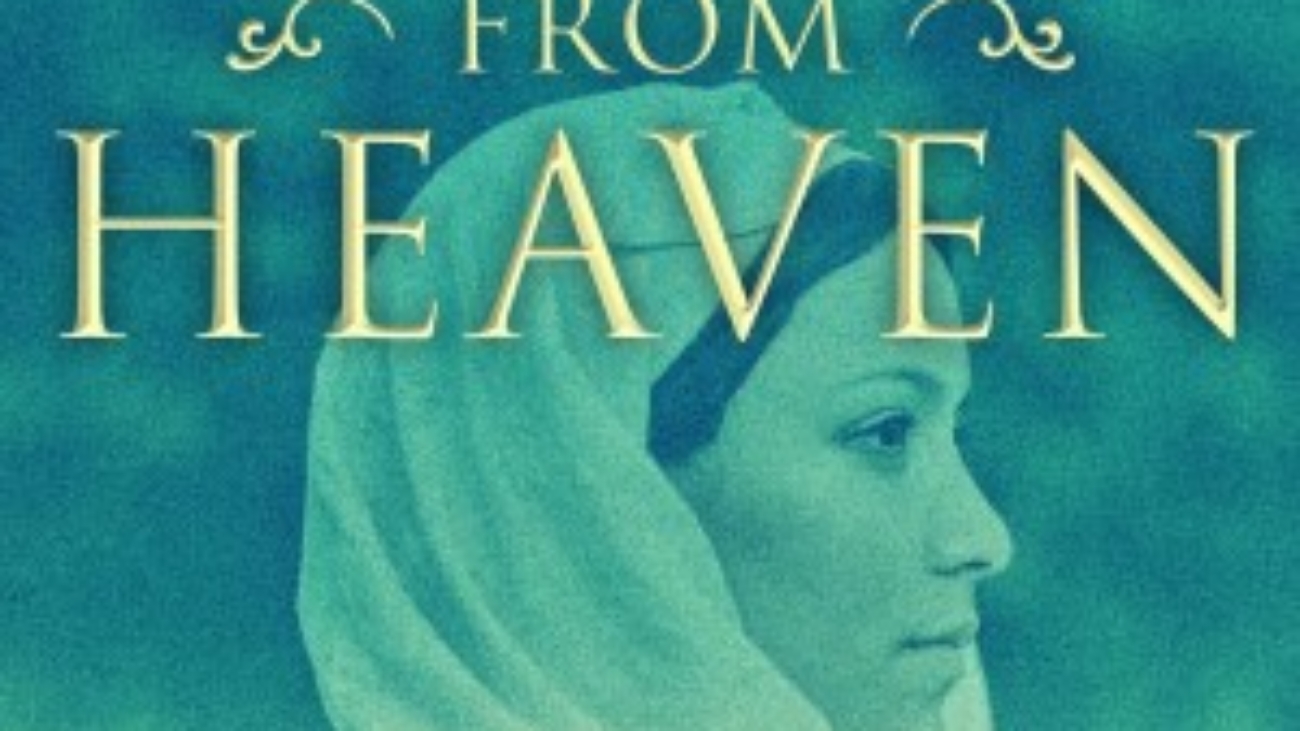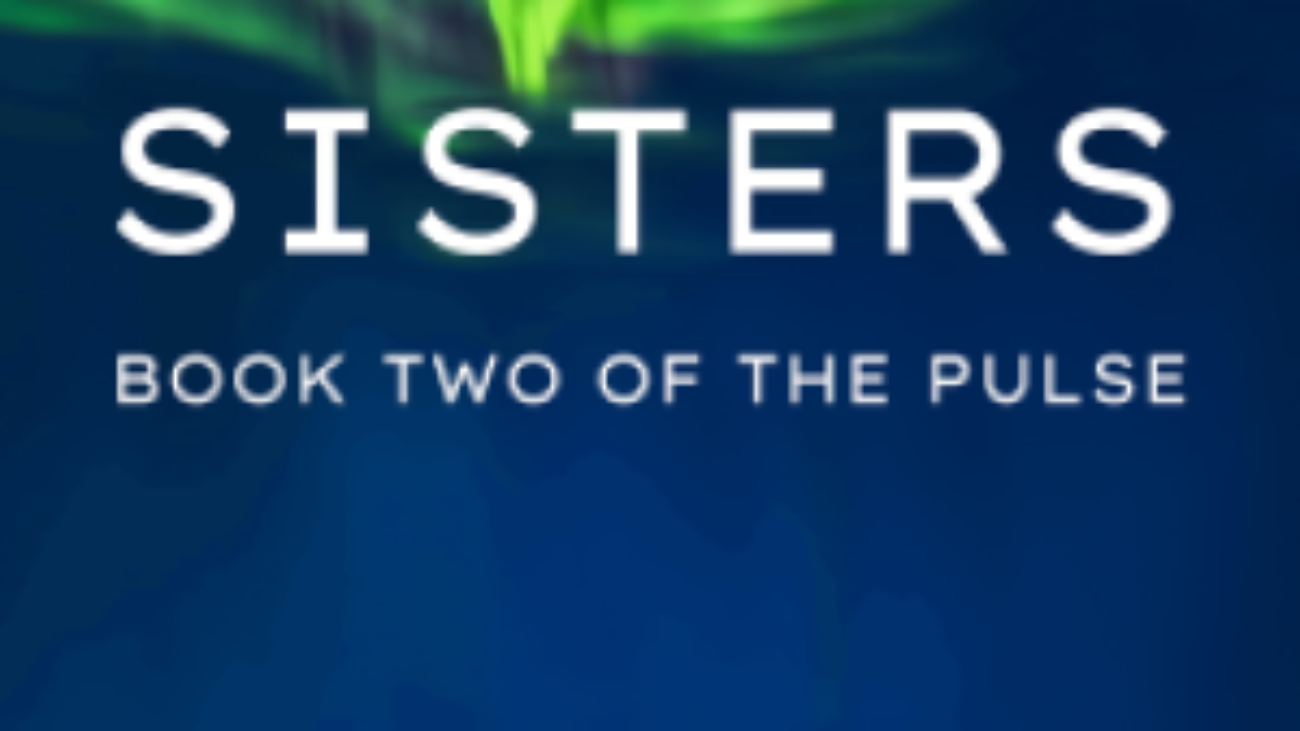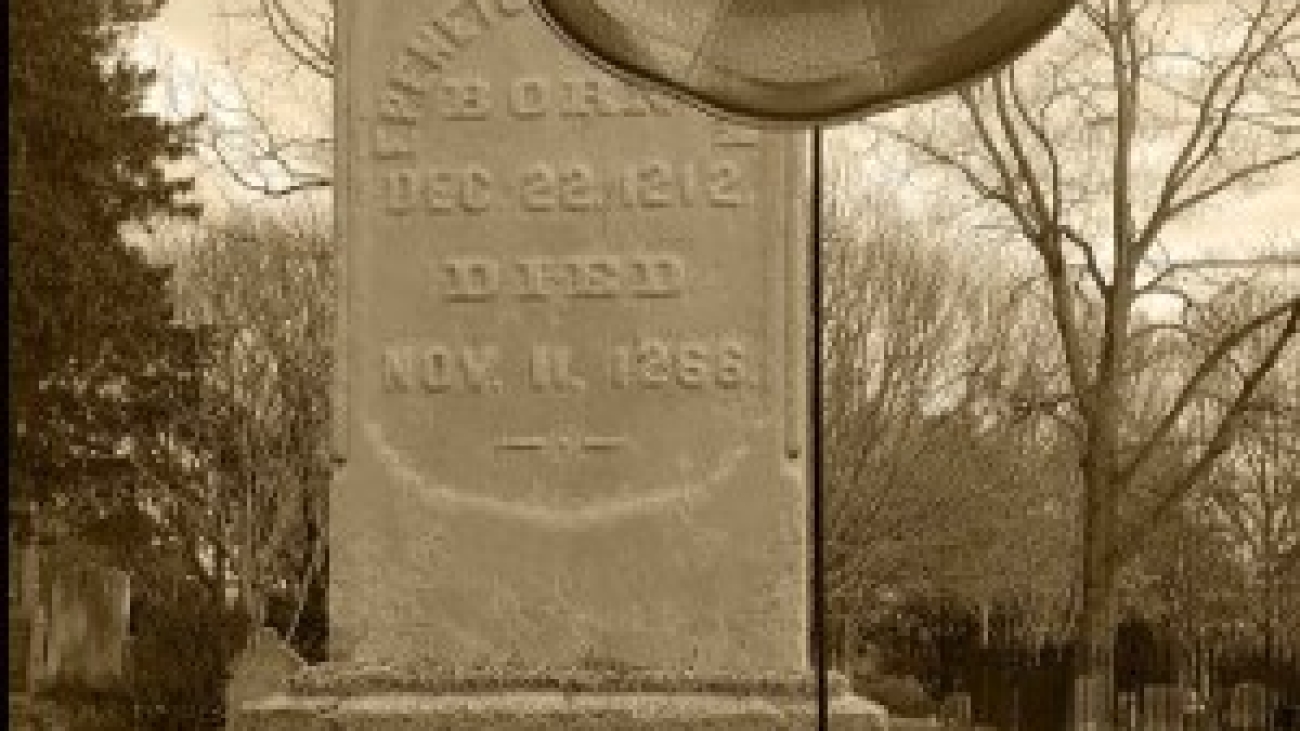Book reviewed by Teri Davis Takle
t’s odd how one event can change your life, your future, and your future family’s lives. It’s simply one thing that could be traumatic, but it becomes the pivot point for everyone. That’s rather terrifying when you think about it. Purchase Here.
Cass is a high-achieving, attractive student looking forward to attending college in Dublin next year along with her best friend, Elaine. She is apprehensive about her upcoming exams and has found alcohol changes things, including herself.
Twelve-year-old P.J. is running away from home. Life is not good, and an older bully is threatening him.
Imelda, the mother of Cass and P.J., has problems. She is the typically born-beautiful wife who expects to be admired by all, completely self-absorbed. Born into an impoverished and dysfunctional family, she fears going backward. However, keeping her spending under control can be a challenge. Additionally, she feels the burden of keeping up her image to the rest of the town.
Dickie Barnes is in a downward spiral. Can he save his job and his family before bankruptcy?
You would think that Dickie was born with a silver spoon in his mouth, being that he inherited his family’s Volkswagen business. However, Dickie is changing, his business is in financial trouble, and his priorities are out-of-whack.
The Bee Sting is an epic history of the Barnes family in about 650 pages—each character’s insecurities, the parents’ pasts, and how their emotional baggage affects their children, themselves, and each other.
The style is a little unusual, omitting commas and ending punctuation. Usually, this is fine, but occasionally, you need to reread the sentences to follow the storyline.
The story surrounds those who make life happen instead of those who choose the easy path; ambition, lack of opportunity, and chance all play a role in everyone’s life, along with expectations of family, friends, or society. All are influencers along this curved road of life. The importance of dreams and goals, or lacking these, often decides our success or failures.
The characterization and setting are superb. You know these people and understand their choices in usually taking the easiest path. You can picture each one along their misadventures.
The ending troubled me because it did not tie up all the loose threads. I finally realized that someone finally dared to put others before themselves and do the right thing.
Paul Murray is an Irish author and has also written three more award-winning novels, An Evening of Goodbyes, Skippy Dies, and The Mark and the Void, and additionally wrote the screenplay Metal Heart.
The Bee Sting is not for everyone, and the issue of homosexuality makes this an adult book.
The Bee Sting was shortlisted for the Man Booker Prize.

